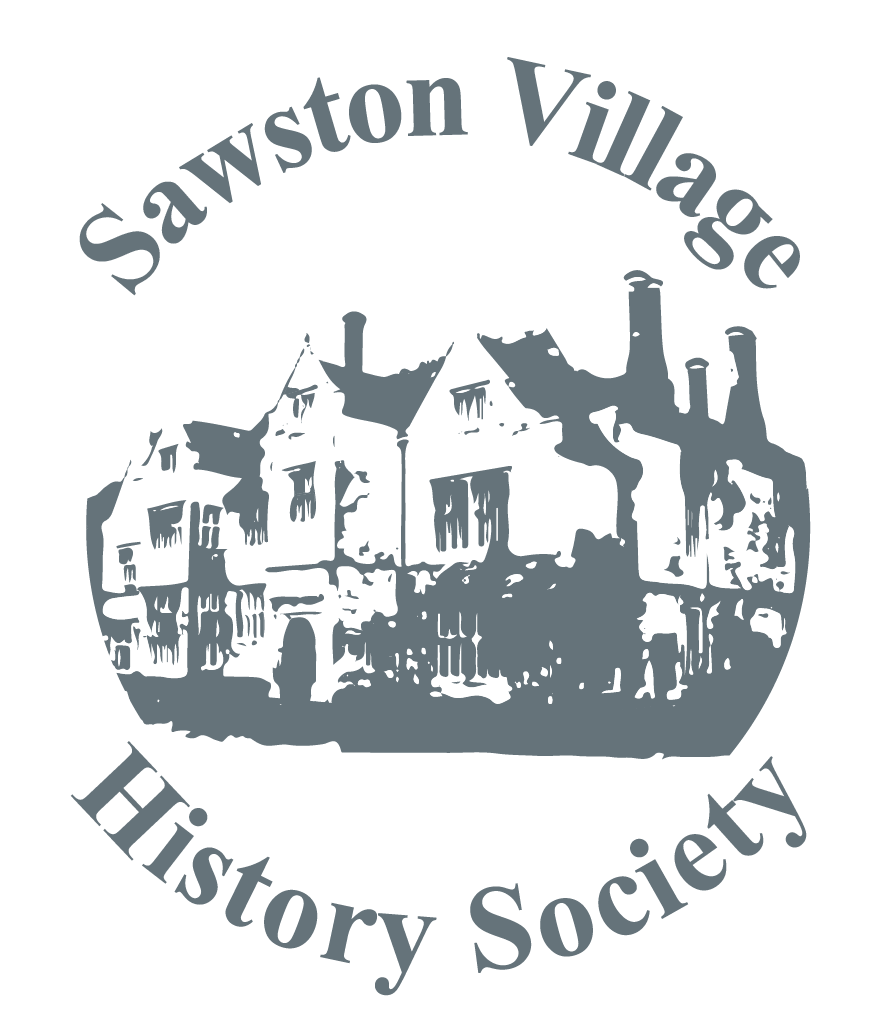
The history of Spirella corsets was the somewhat unusual topic of the June SVHS meeting and was given by Robert Lancaster of the Letchworth Heritage Centre. The Spirella company was started in the United States (where else!) in 1906. This was as a result of an inventor’s wife having the painful and embarrassing experience of a broken corset stay digging into her midriff, which caused her to demand that her husband does something! The result of this was the invention of a flexible, spiral wound steel stay ( springs?) which was immediately patented. The potential was promptly recognised by Willaim Kincaid who set up the Spirella company to manufacture flexible corsets, followed quickly by a subsidiary company in England.
At that time Letchworth garden city was being built, the first of its kind anywhere, so this was deemed to be the ideal site for such an innovative product. The first corset was made by a Mrs Wright, a trained corsetiere, in 1910, in a shed while the purpose-designed factory was being built. The completion of this was delayed by the First World War and the Spirella Company finally moved in 1920 and rapidly grew to have 2000 employees and was the major employer in Letchworth. The iconic new building rapidly became known as the “Castle Corset”. Spirella gained a reputation of being a model employer with enviable facilities for the employees. There was, however, a very moralistic work ethos, in keeping with the ban on alcohol, which the Letchworth residents had agreed by referendum. There was a non – alcohol “pub” built on the side of the Spirella building, called the Skittles Inn and alcoholic drinks were not served until 1958.
The corset has a long history, and there are Greek, Cretan and Roman depictions of woman wearing what appear to be remarkably modern looking corsets. Before the advent of the Spirella corset, the construction materials were wood, steel and whale bone, and a few examples of a rather fierce looking 16th century steel corset still exist, apparently less uncomfortable than it looks!
Robert presented slides of a variety of very attractively modelled corsets, ranging from the 17th – 19th century. These were generally relatively easy to tighten up, and apparently did not require the strength of male helpers. However, all these pre-Spirella corsets suffered the disadvantage of being too inflexible with the stays tending to break at awkward times, unlike the springy Spirella corsets. With its army of trained corsetieres “cold calling” to extol the virtues of the Sprirella corset to the females in every household, who did not usually need much persuading although the made to measure product typically cost a weeks wages, Spirella flourished. During the war there was some diversification to make bullet bandoliers and neck braces. After the war Spirella was able to resume quickly its pre-war production, but towards the end of the 50s demand started to inexorably decline, presumably as a consequence of the increasing popularity of the new synthetic materials and change in fashions.
. Attempts to diversify into lingerie products such as girdles and bras did not halt the decline, and in 1967 800 people were made redundant. The swinging 60s and Womans Lib. were presumably incompatible with the constraining corset! While Robert did not go so far as to speculate on the effect of the publication of Germaine Greer’s “The Female Eunuch” in 1970 on the sales of corsets it presumably could not have helped. Finally, the Spirella factory closed in 1985. It seems curious that the other popular feminine fashion item, the stocking, or tights, were made at Kayser Bondor in neighbouring Baldock only a couple of miles away! This too appeared to be a victim of the same trend as it was closed at about the same time. Now it’s a Tescos.
Phoenix like, the Grade II listed Spirella building was acquired by the Letchworth Garden City Heritage Foundation in 1995 which could be considered appropriate for a place where foundation garments were made! Robert concluded his fascinating talk by explaining that an £11 million restoration project was recently carried out to convert the building into a number of smaller units specialising in hi-tech industries, and in 2005 the exciting new Heritage Centre was opened. Needless to say, numerous examples of the Spirella range of products are on view.
Two more US Huddlestons, William and Dianna, who live in Oklahama, paid a visit to Sawston on June 20th and Louise Knight of Sawston Hall very kindly agreed to show them the gardens, her flock of Highland cattle and the Hall. Afterwards, they were shown the Church and the Huddleston, de la Pole and Gregory Milner monuments and the Huddleston section of the cemetery. Finally they enjoyed a strawberry cream tea provided by Renate Milner.
While on the subject of Sawston Hall, the history of this is now being researched by Bruce Milner who would greatly appreciate any recollections local people have about the Hall and its personnel. This could include the American occupation of the Hall from 1943- 45, the visits of Marlon Brando and Thora Hurd during the filming of the now notorious “Nightcomers” in 1969-70, and the time it was a language school, and of course any ghostly events happening at the Hall. He is at 8 Brookfield Road, Sawston, Cambridge. CB22 3EH, or via email at: brucemilner@ntlworld.com